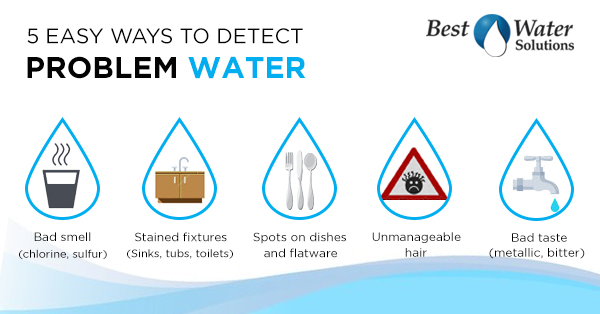When we think of an essential condition for life water comes to mind. In fact it is right behind air. All living things must have water to survive!
Without Water:
Without water your body would stop working properly and eventually shuts down. And there is a good reason for that, your body is approximately 80% water and proper hydration is essential to all its main functions.
For instance, blood, which contains a high amount of water, carries oxygen to all the cells in your body. Without oxygen those tiny cells would die, and your body would stop working.
How fast and well blood flows depends on how diluted it is. The main components of blood are red blood cells, white blood cells, platelets and serum, which is mostly water and some proteins. When your body is dehydrated blood does not receive enough water to make serum. Since the volume of blood cells remain the same, blood becomes thicker and the heart has to work harder to pump it through the body.
You Lose Water Daily
Daily your body loses 2 to 3 quarts of water through digestion, breathing, perspiration, urine, bowel movements and stress. Active people lose more water than sedentary people. If you don’t replace the water you lose you become dehydrated. Coffee, tea, milk and carbonated drinks do not get the job done either. Your body will remain at a water deficit having negative health consequences.
How hydration plays a critical role on your heart functions and essentially on reducing the risk of fatal Heart Attacks:
A six-year study published in the American Journal of Epidemiology offered interesting findings. Over 20,000 healthy men and women between the ages of 38 and 100 without heart disease, stroke or diabetes participated in the study. During the 6 years, 246 fatal coronary heart disease instances occurred – 1.2% of the total participants.
The study proved that whole blood viscosity, plasma viscosity, hematocrit and fibrinogen, which are considered independent risk factors for coronary heart disease can be elevated by dehydration.
The amazing conclusions of the study: Men who drank at least five glasses of plain water per day had a 46% reduced risk of fatal heart disease and women cut their risk by 59%.
46% and 59% less chances of a fatal heart attack just by drinking water? Next round’s on us!
In previous posts we learned that water allows you to properly metabolize nutrients and get rid of toxins. Now we know that water keeps your bloodstream flowing properly. Without proper hydration, your blood gets thicker, stressing the pumping of your heart and exposing you to higher risks. As a matter of fact, most heart attacks occur in the morning (6 a.m. to Noon), when your blood is thicker due to the loss of water during the night. To protect yourself it is wise to drink a glass of water one hour before bedtime to keep your body hydrated while you sleep. Drinking another glass of water when you wake-up in the morning, and continuing throughout the day to replace the water you lose as the day goes on is highly recommended.
“If you’re well hydrated, your heart doesn’t have to work as hard,” says John Batson, M.D, a sports medicine physician with Lowcountry Spine & Sport in Hilton Head Island, S.C., and an American Heart Association volunteer.
So raise your glass of Purified Water and toast with us to a stronger and healthier heart!

